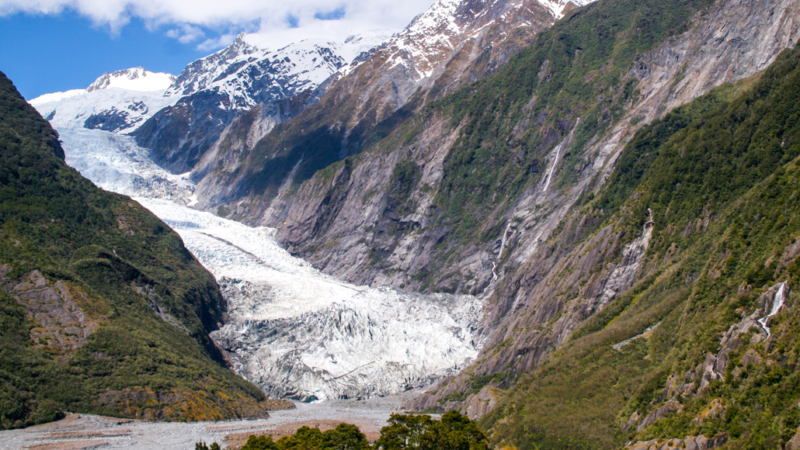Glaciers and snow in the Himalayan range are melting rapidly, WHO warns

Glaciers and snow in the sensitive Himalayan range are rapidly melting due to the increase in ‘black carbon’ due to human activities and this is changing the temperature and changing the pattern of rain. The World Bank said this in an important study published by it. Recent evidence indicates that in addition to influencing temperature and rainfall patterns, anthropogenic black carbon has accelerated glacial and snow melt in these mountain ranges. Black carbon is the particulate matter emitted by the incomplete combustion of fossil fuels and other biofuels, which increase the temperature of the atmosphere.
According to Hartwig Schfer, vice president of the World Bank’s South Asia region, it stems from human activities inside and outside South Asia. It is the bulk of the particulate matter present in the air that directly or indirectly affects climate change. The ‘Glacier of the Himalayas’ study provides new evidence of the extent to which South Asian countries’ black carbon reduction policies in the context of a changing global climate affect glacier formation and melting in the Himalaya, Karakoram and Hindu Kush mountain ranges. to have an effect. Shafer said it also assesses the extent of water resources and the potential impact of this glacial loss on river basins. The nearly 140-page study also presents a scenario up to 2040 for the purpose of rational policy making. “The recent devastating floods triggered by a glacier break in the Himalayas warn us about the devastating effects of climate change and the dangers we have to avoid,” Shafer said. As glaciers shrink downstream, many people’s lives and livelihoods are affected due to changes in the flow of water supply, he said. We can slow the rate of glacier melt by making collective efforts to prevent the accumulation of the black carbon responsible for rapid melting of ice. Regional cooperation to conserve these resources will be of significant benefit to the health and well-being of the people of the region. “Water resource management policies must be in place because the trends we are seeing point to a different and more challenging future,” said Muthukumar Mani, chief economist for the World Bank’s South Asia region and lead author of the study.







